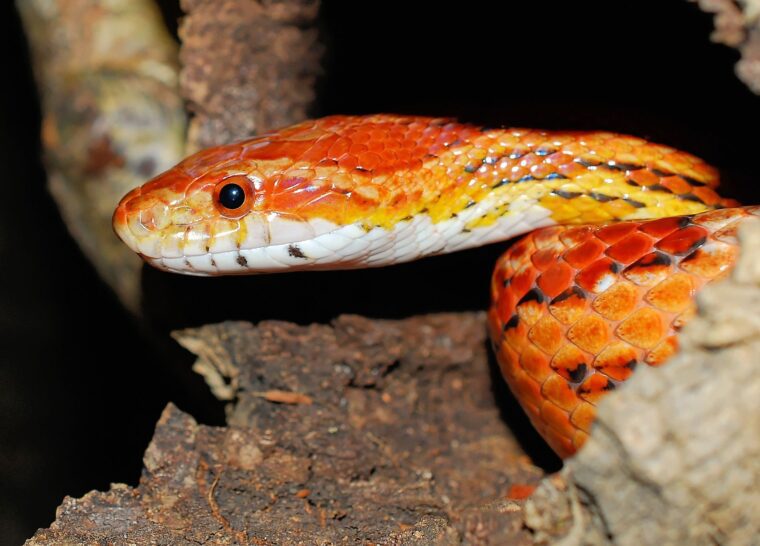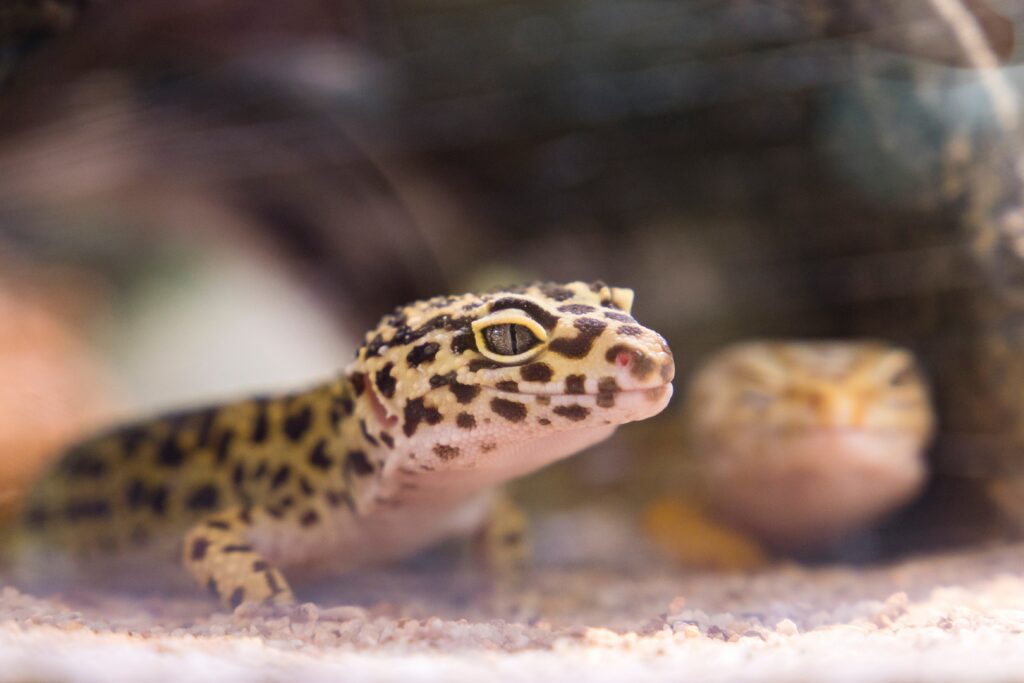If you are interested in having a pet that is out of the ordinary, an exotic animal may be right up your alley. Exotic pets come in many different sizes, shapes, colors and personalities. While some originate from halfway across the world, others are native to North America. With the exotic pet community growing each year, many of these animals can now be found at your local pet store or breeder’s home. Read on to find out about three of the most popular exotic pets.
Woma Python
The woma python (Aspidites ramsayi) is native to Australia. It is a smaller snake than many other pythons, reaching an average length of about 5.5 feet and typically weighing less than 10 pounds. Even though pythons constrict themselves around their prey and swallow them whole, these smaller pythons are known for their gentle demeanor with humans and can interact with their owners quite readily.
Woma pythons have a scale pattern that alternates light shades of brown and cream or beige along their bodies, as well as a stripe of darker color that runs down the length of their backs. Their undersides are light in color and their heads can range in color from bright yellow to burnt orange. They have broad, flat bodies and their tails narrow into long, thin lures that are used to attract prey in the wild.
Womas are active snakes so a larger enclosure is better for them. They are not picky about their living environment and prefer to spend their time burrowing through the substrate and hiding in snug holes. The ideal temperature for these snakes is between 75 and 85 degrees Fahrenheit in an enclosure with a thermal gradient. Ensure that you provide a choice of hide boxes. Since they are nocturnal, be sure to turn off the lights at night.
The woma python diet in the wild consists of insects, rodents and other small reptiles such as lizards. In captivity, you can feed them mice or chicks. These can be either live, freshly killed or frozen and thawed. The food item that you feed to your python should only be as large as the space between its eyes. Only feed your snake once or twice a week as they can easily become overweight in captivity.
Leopard Gecko
Leopard geckos (Eublepharis macularius) are cute reptiles that can be found in the wild in parts of the Middle East and India. They are not very big, with adults growing up to 10 inches long at most. The males are typically bigger by an inch or two. Leopard geckos are most active at dusk and dawn and have been known to communicate with their human companions through squeaks and chirps.
As their name suggests, leopard geckos traditionally have brown or black spots atop a light-colored body. However, due to selective breeding, they now come in over a hundred color morphs. Some popular varieties include pure white, bright orange and red striped. In addition, leopard geckos are different from most other geckos as they have eyelids! This gives them a more expressive and endearing face.
Leopard geckos prefer enclosures that are not too big—ten gallons of space per gecko is a good rule to follow. They are not fussy about places to climb but they do appreciate multiple hide box choices that are scattered throughout the enclosure. Feed your leopard geckos a staple diet of crickets every two or three days with the occasional mealworm or grubworm thrown in as a snack.

Karsten Paulick on Pixabay
Corn Snake
The corn snake (Pantherophis guttatus) is one of the most popular snakes in the pet trade. It is native to the Southeastern United States. Adults grow to a maximum length of about five feet, but most of them never exceed four feet in length. Although corn snakes can be shy at first, they become friendly enough to be handled frequently when they become comfortable with their owners.
Corn snakes are popular among reptile lovers due to the impressive range of color variants that can be seen among the species. While most corn snakes have yellow or tan markings, there are various other colors and patterns available thanks to careful breeding by enthusiasts. Some corn snakes are pure white while others can be lavender, orange or red. Hypomelanistic types have a unique, rich, rose color.
A basic enclosure that provides ample space to move, loose substrate material and an ambient temperature of around 80 degrees will suffice for the corn snake. They like to have lots of hiding places to escape the heat during the day and a shallow dish of water for soaking. The best food for an adult corn snake is live or thawed frozen mice. They only need to be fed once a week for optimum health.
Snakes and lizards make great pets for people who do not have a lot of space in their homes. They do not require a whole lot of interaction or attention. However, these reptiles do require a suitable enclosure with regulated temperature and humidity. Always feed your exotic pet a well-balanced diet that is appropriate for its needs and provide it with fresh and clean water. Be sure that you are familiar with how to care for an exotic snake or lizard before you bring it home.


